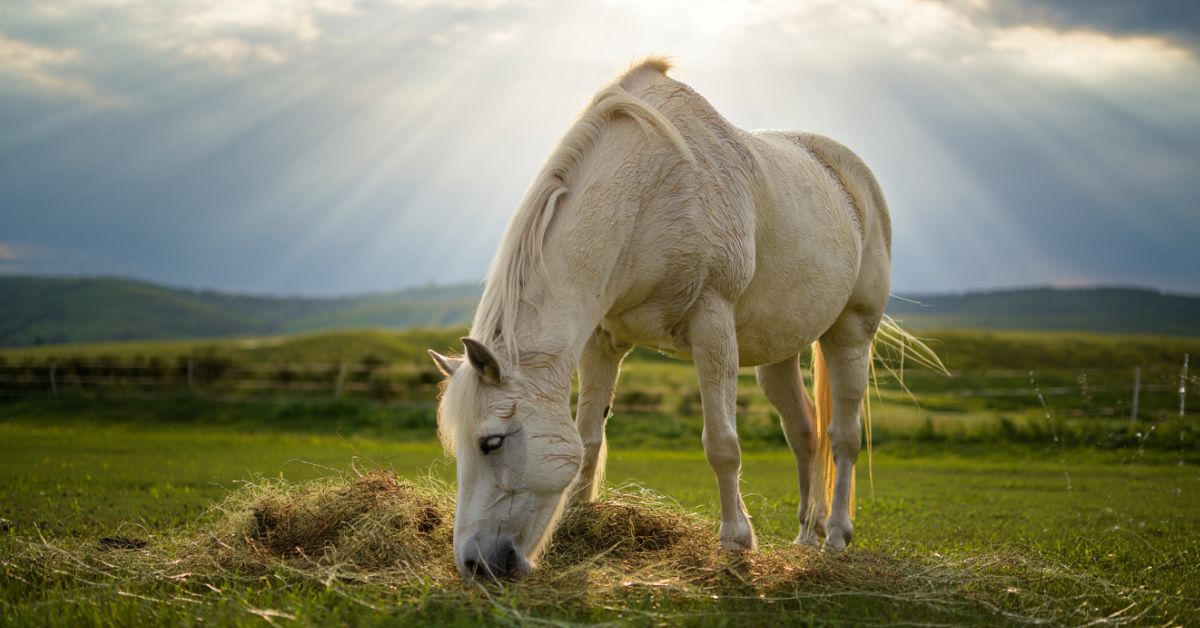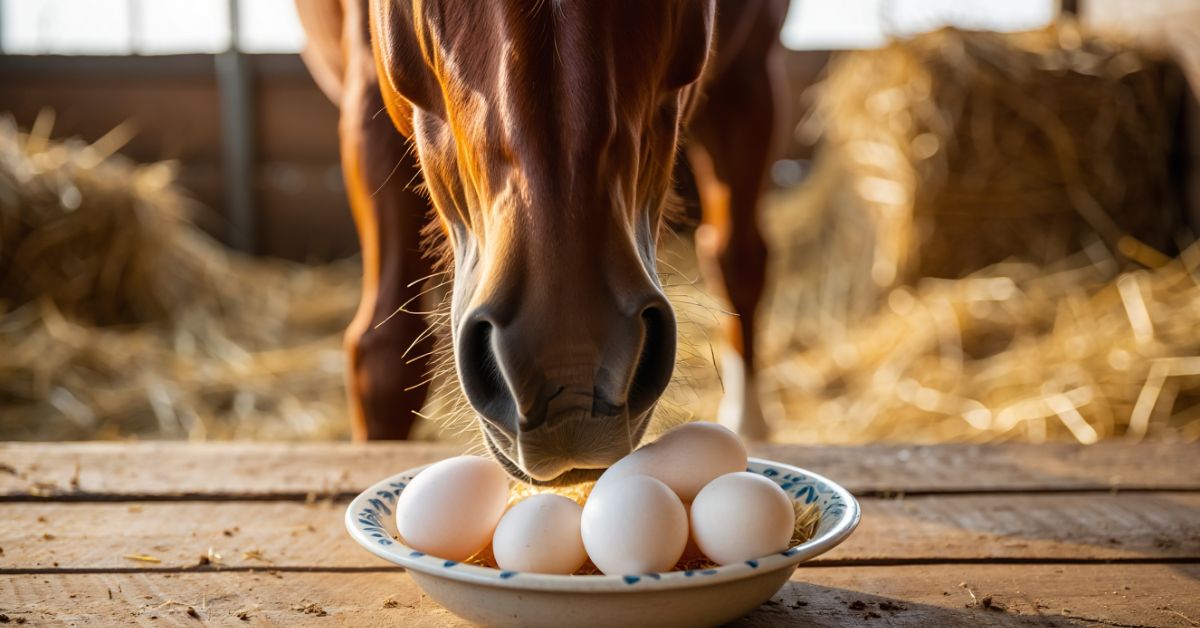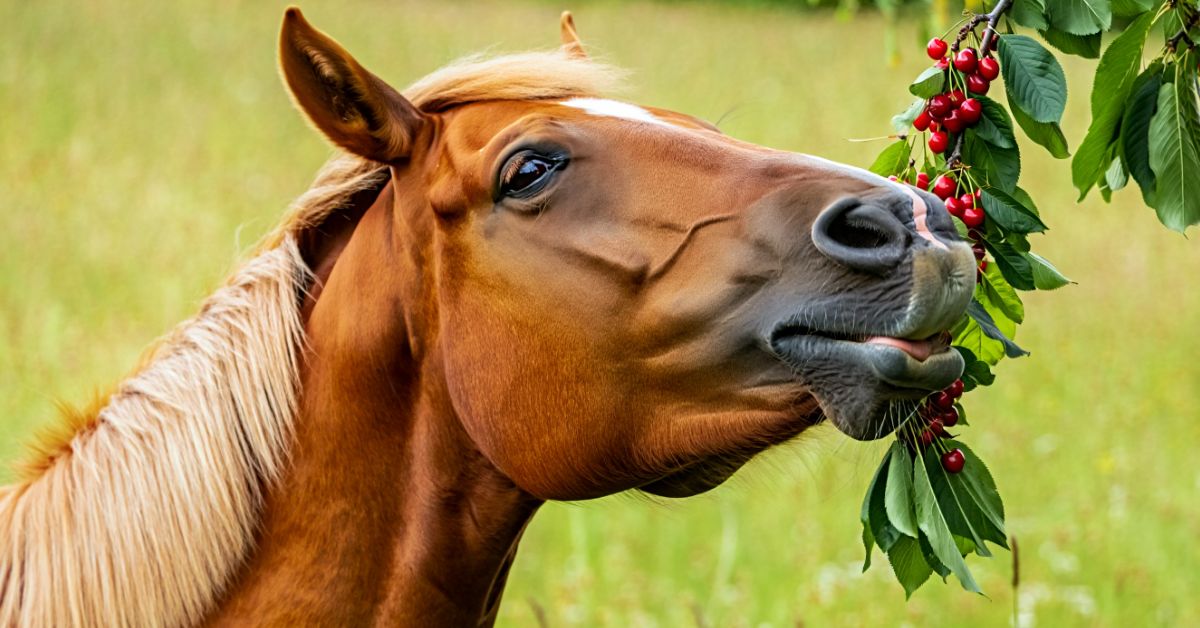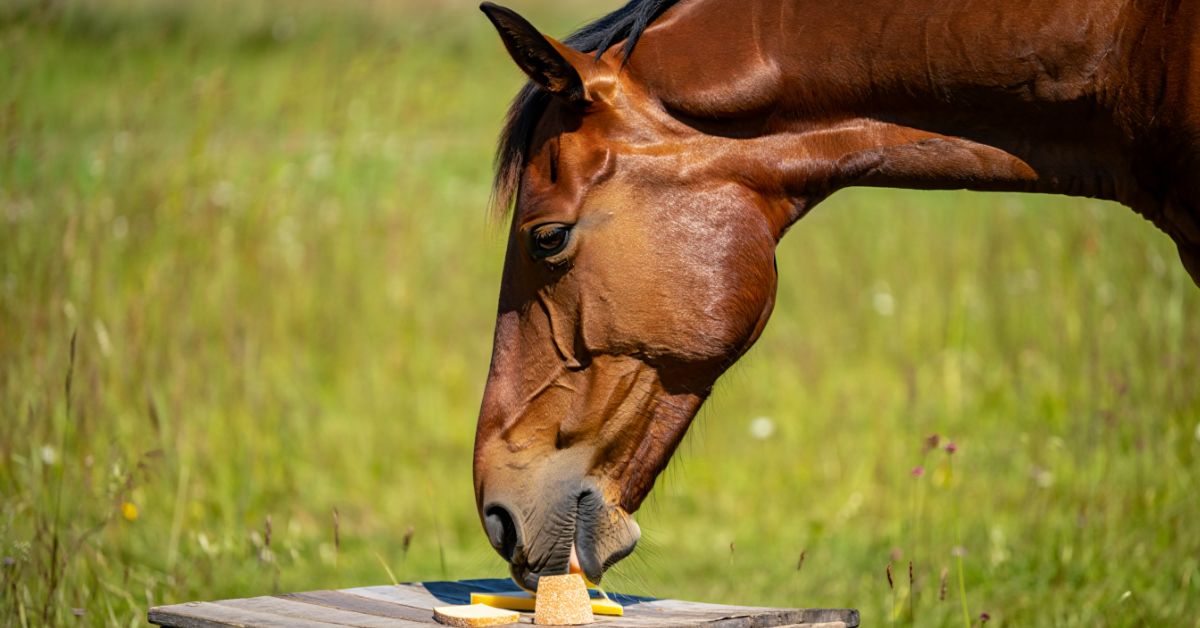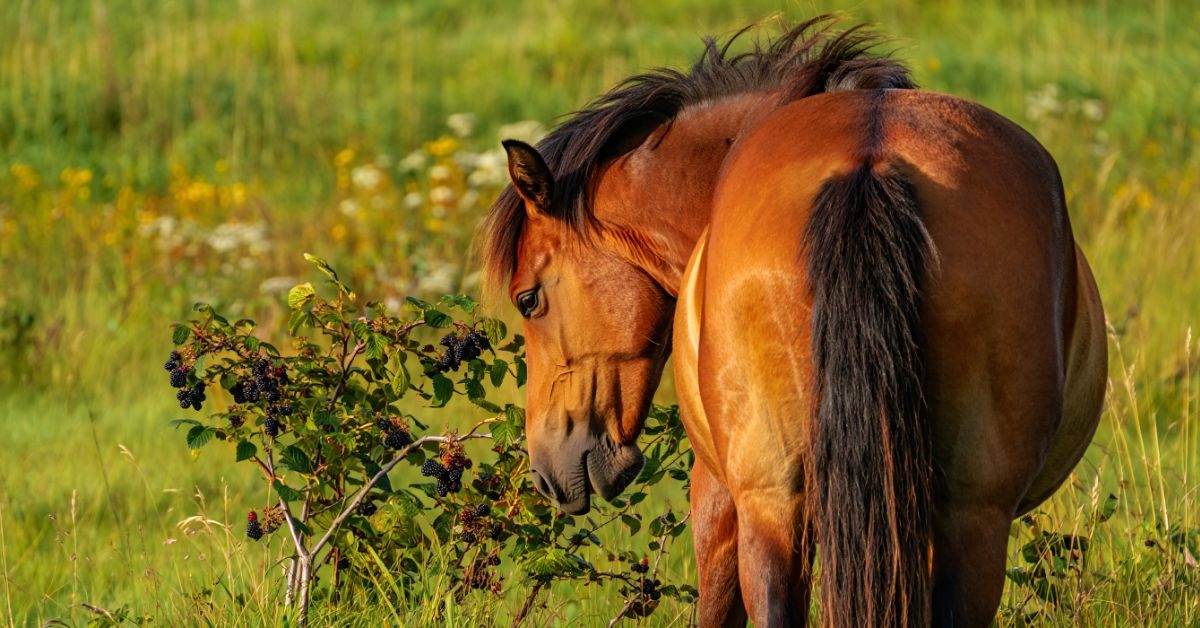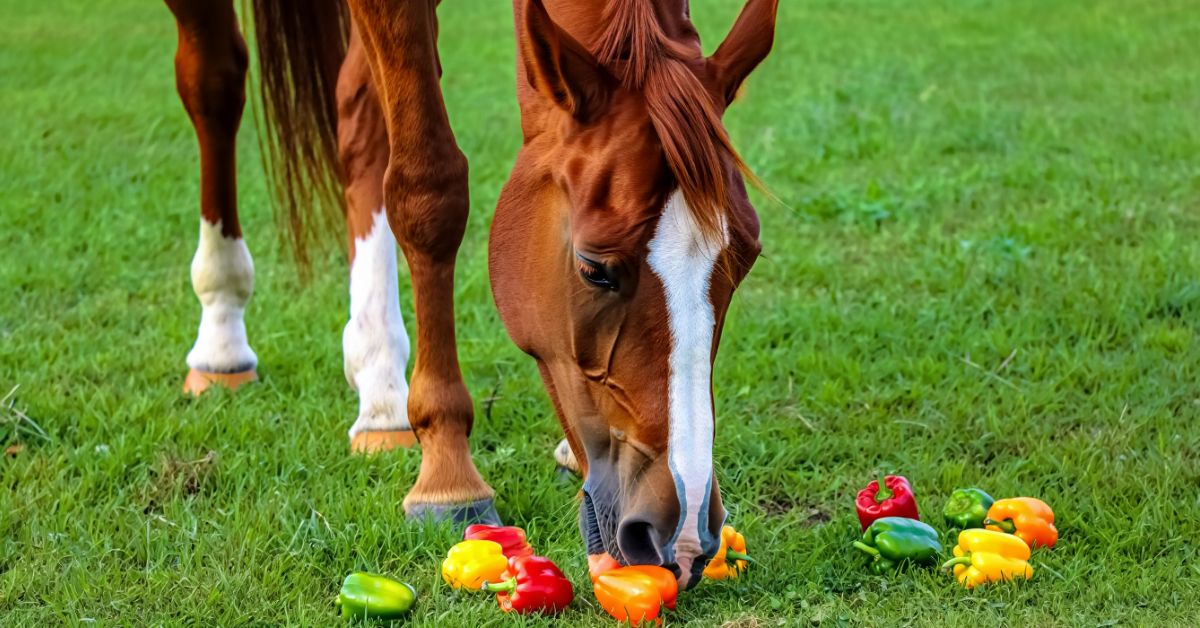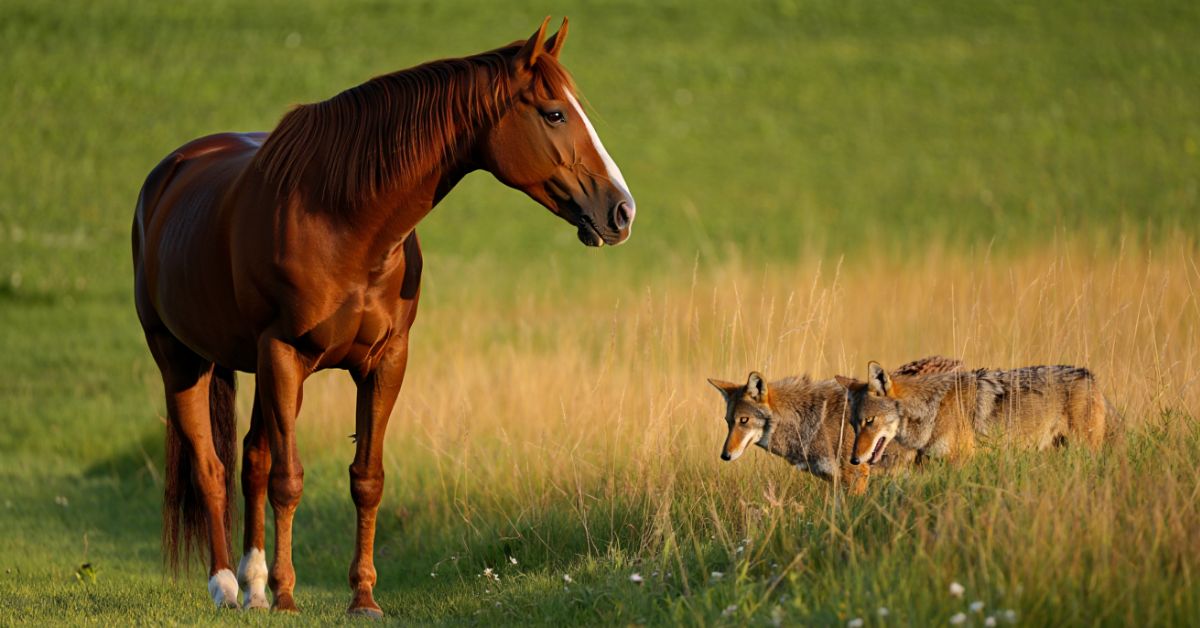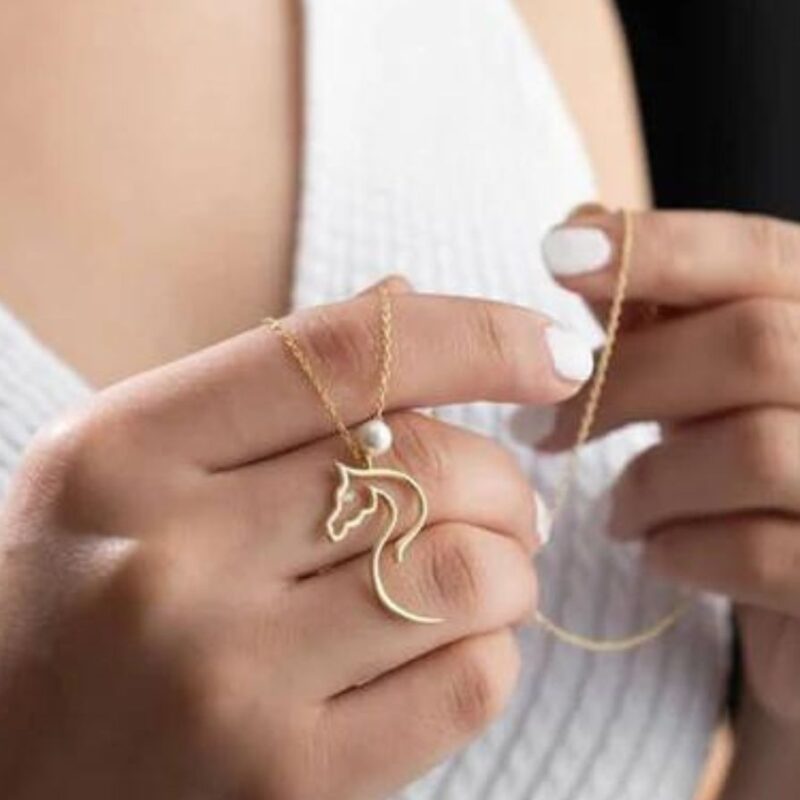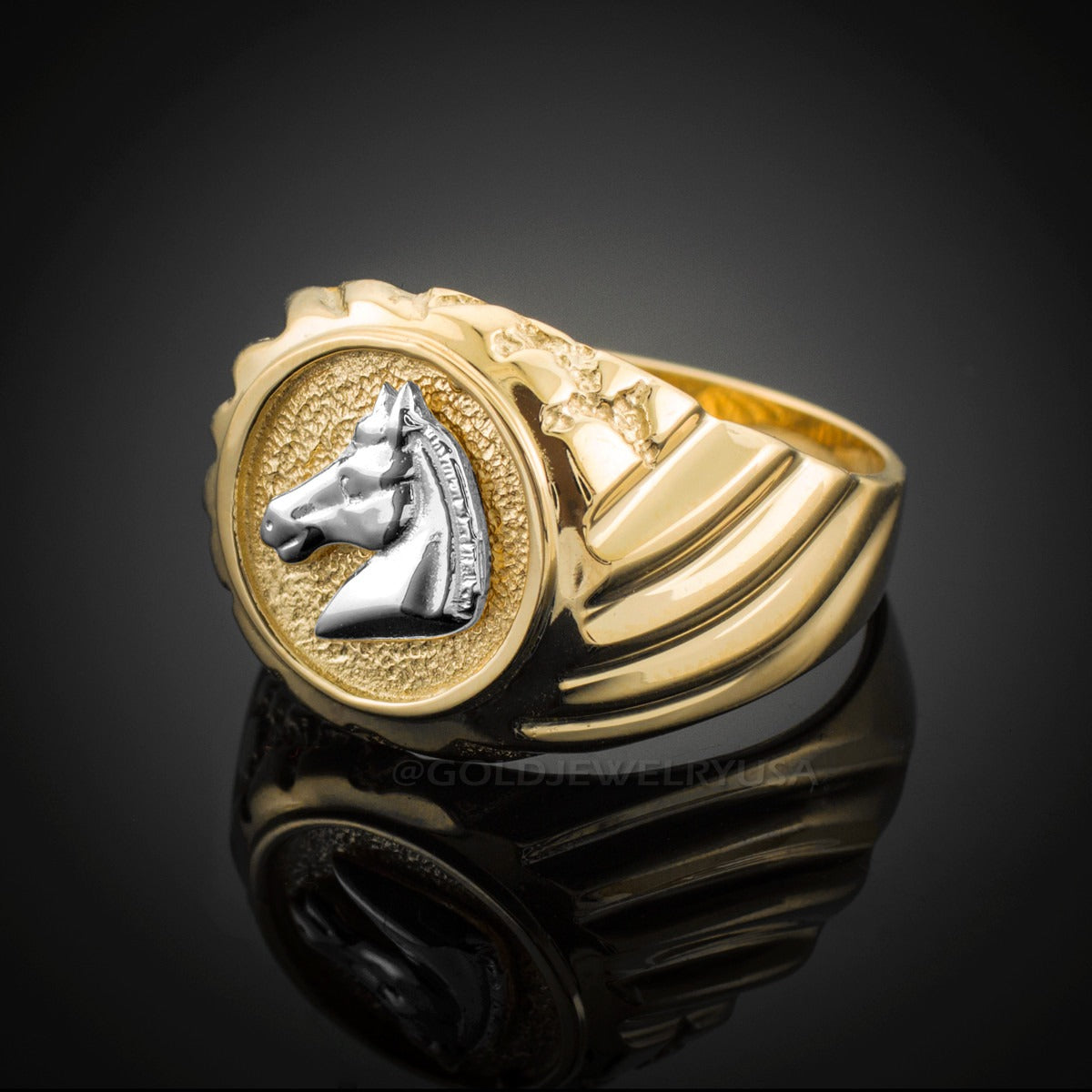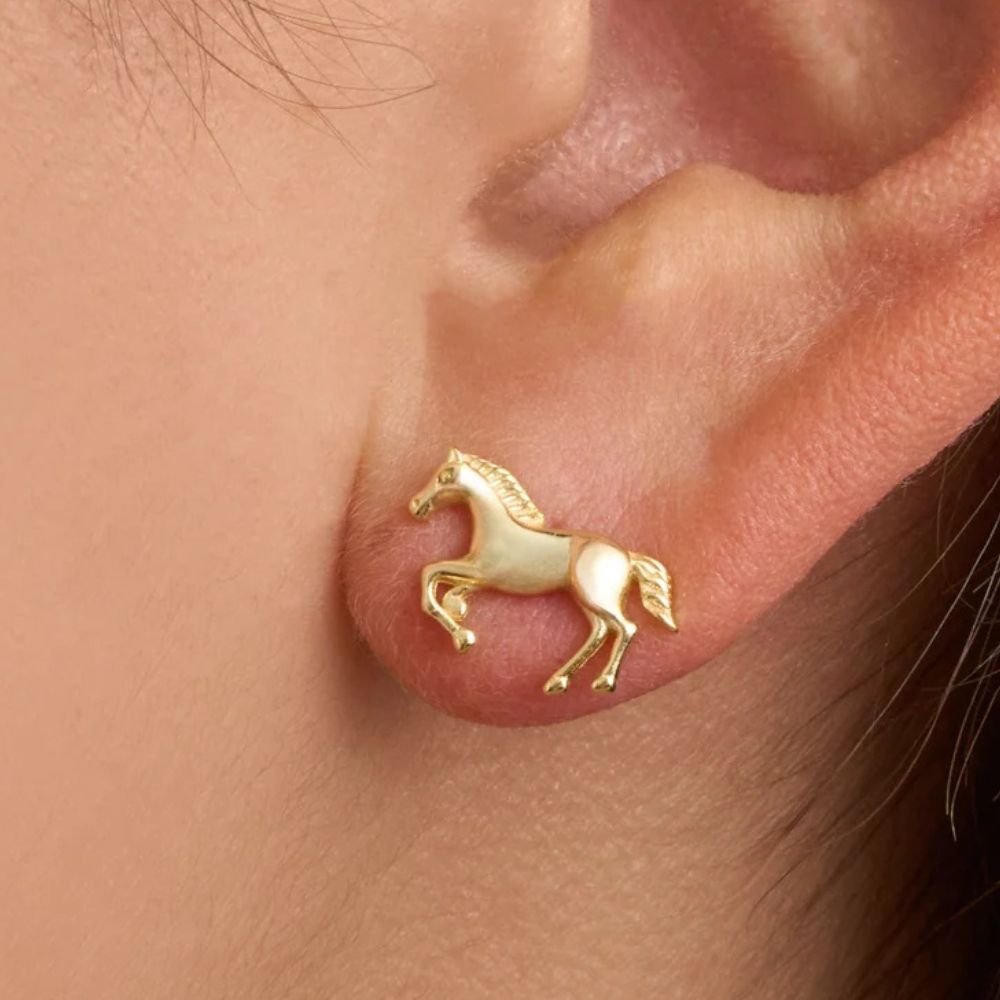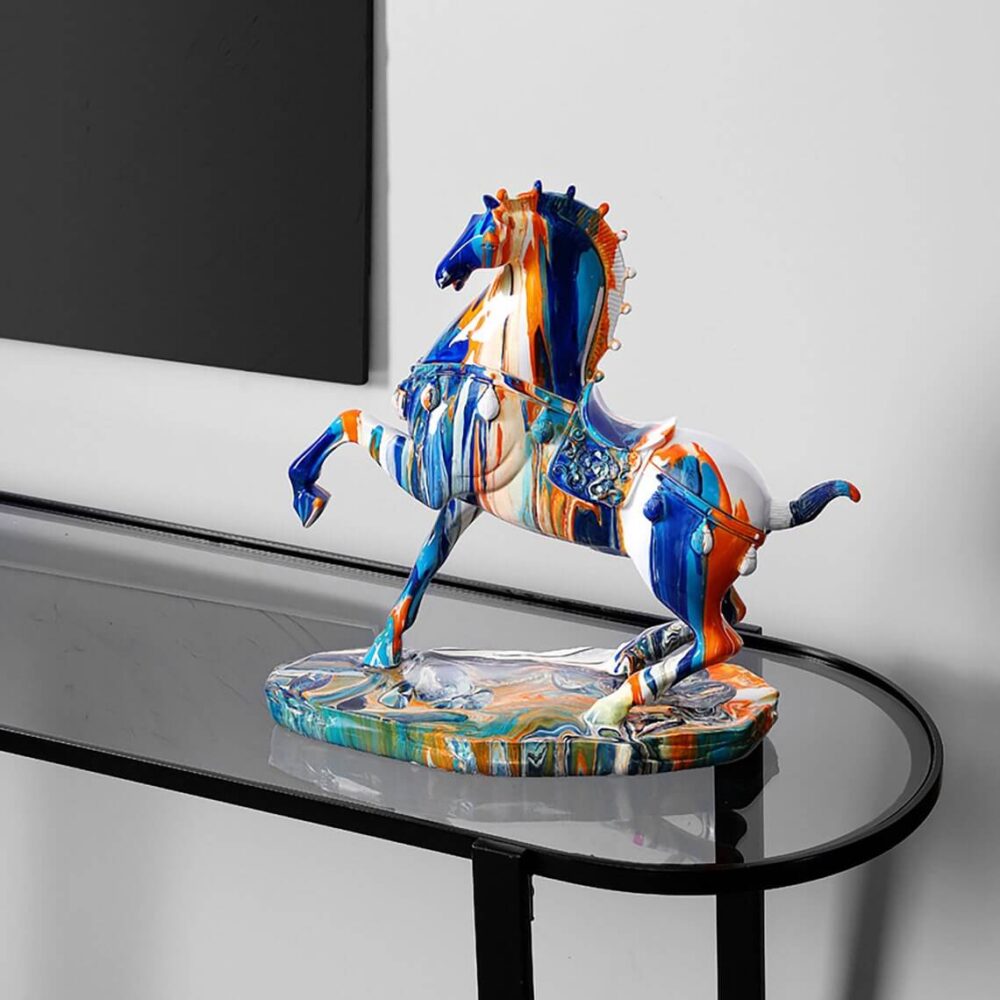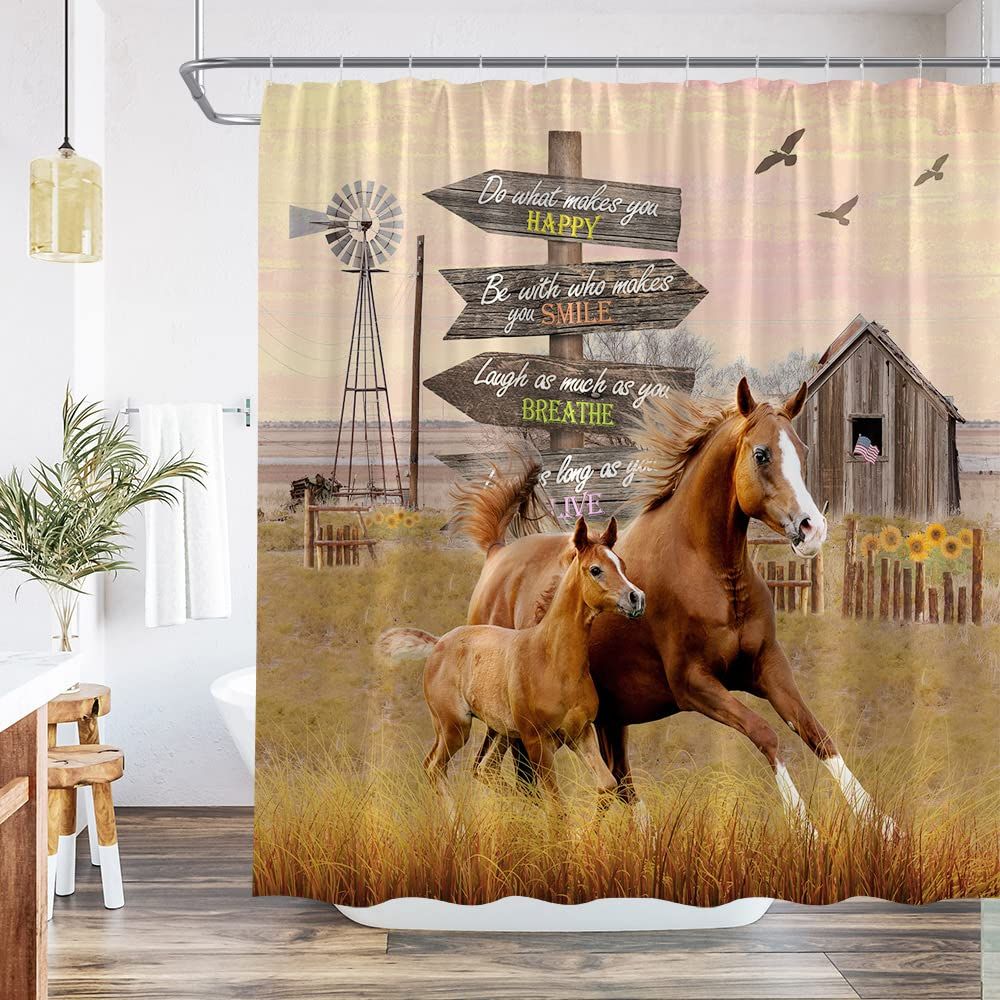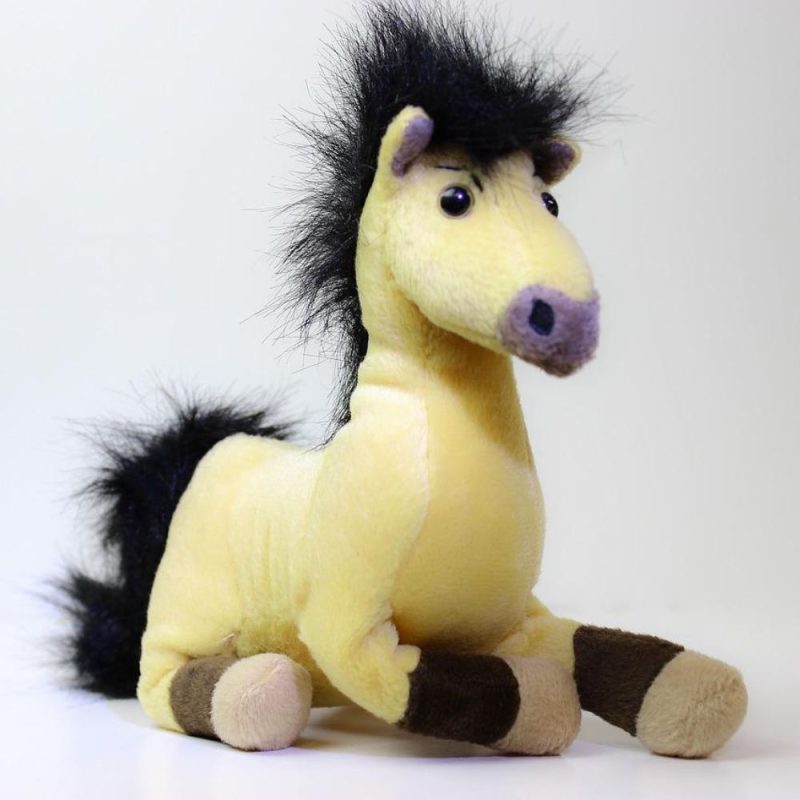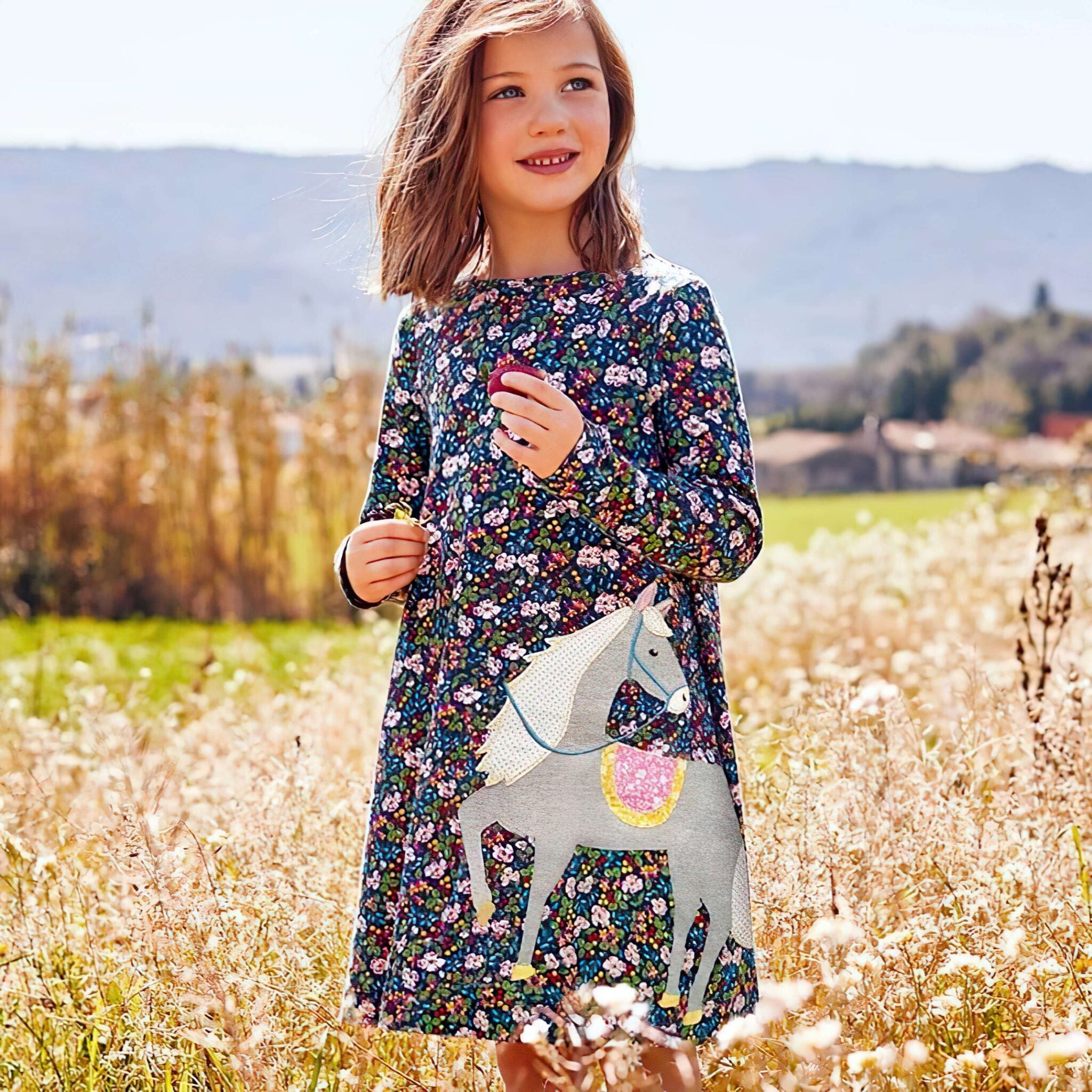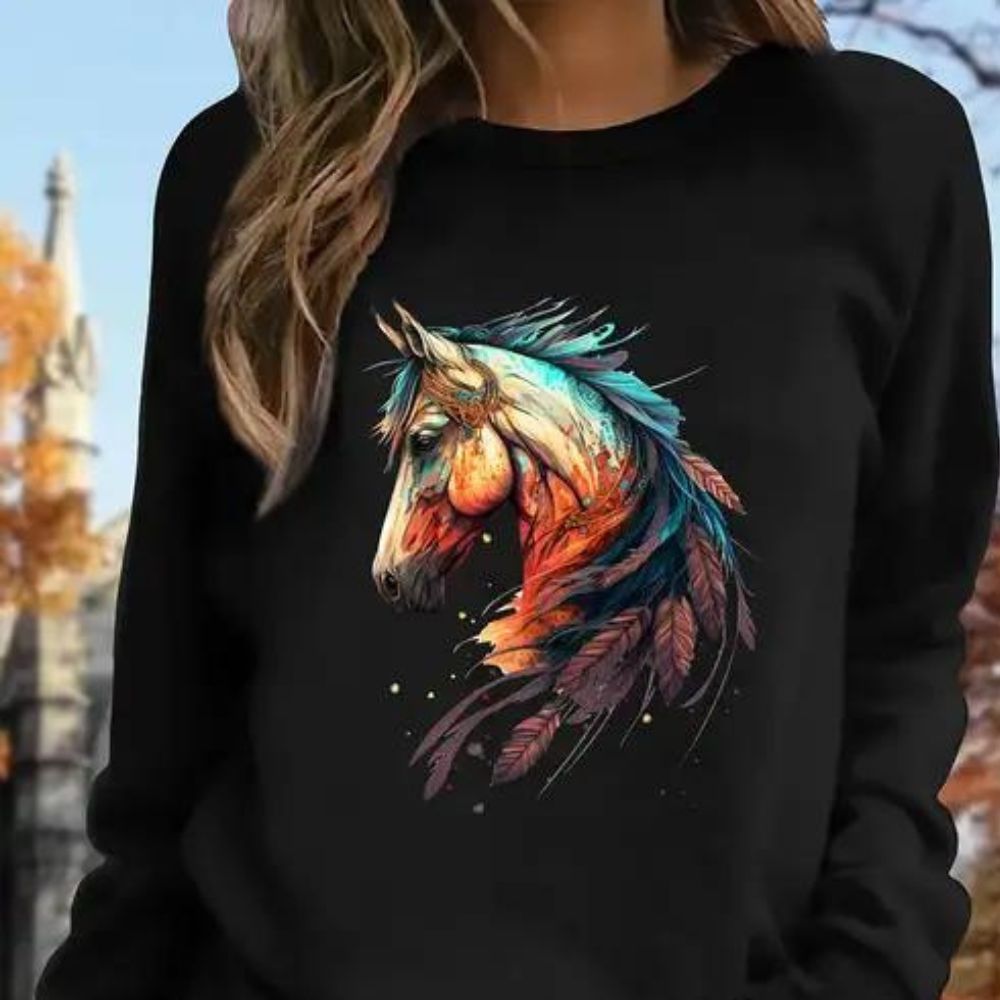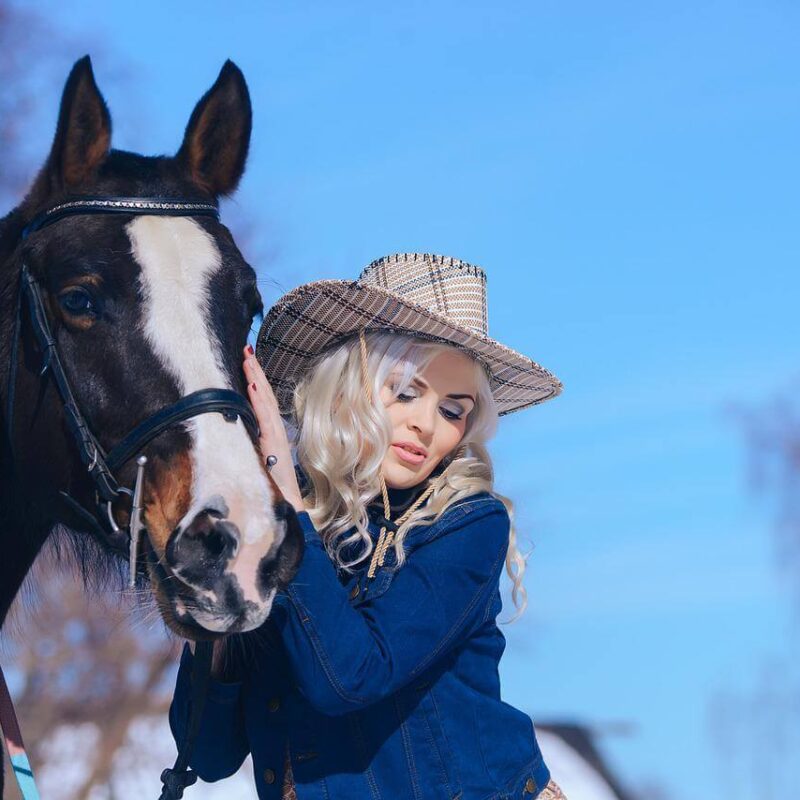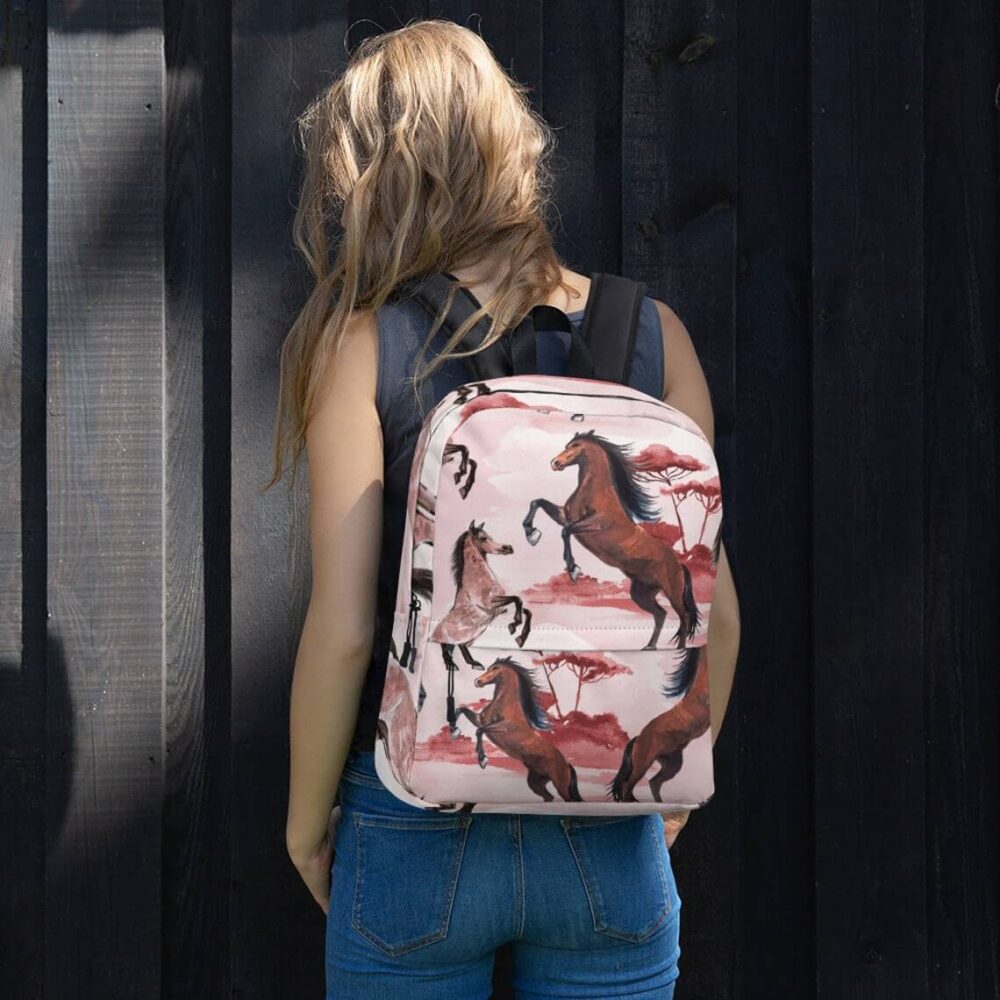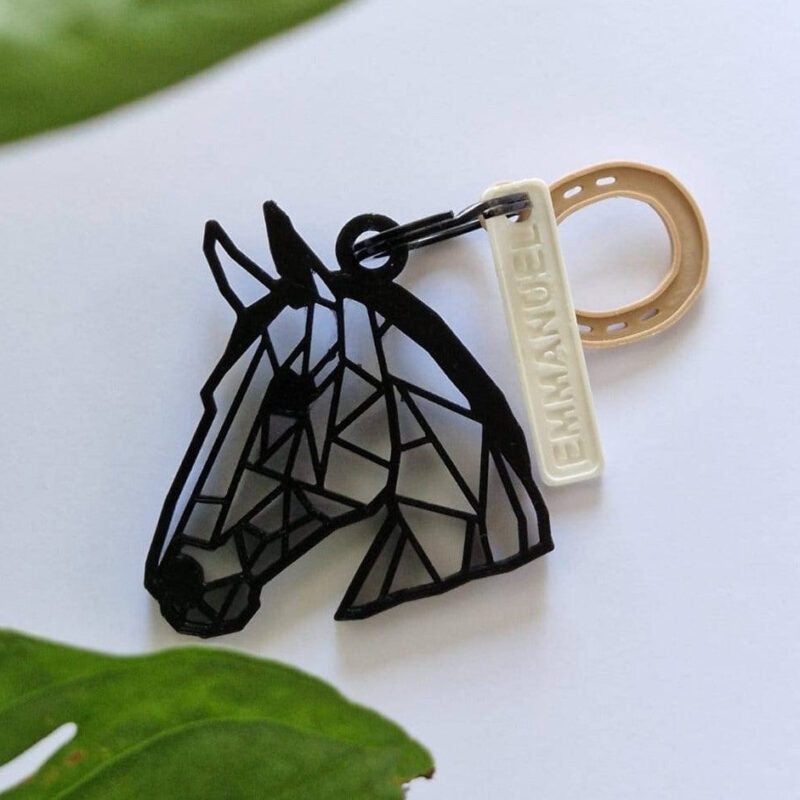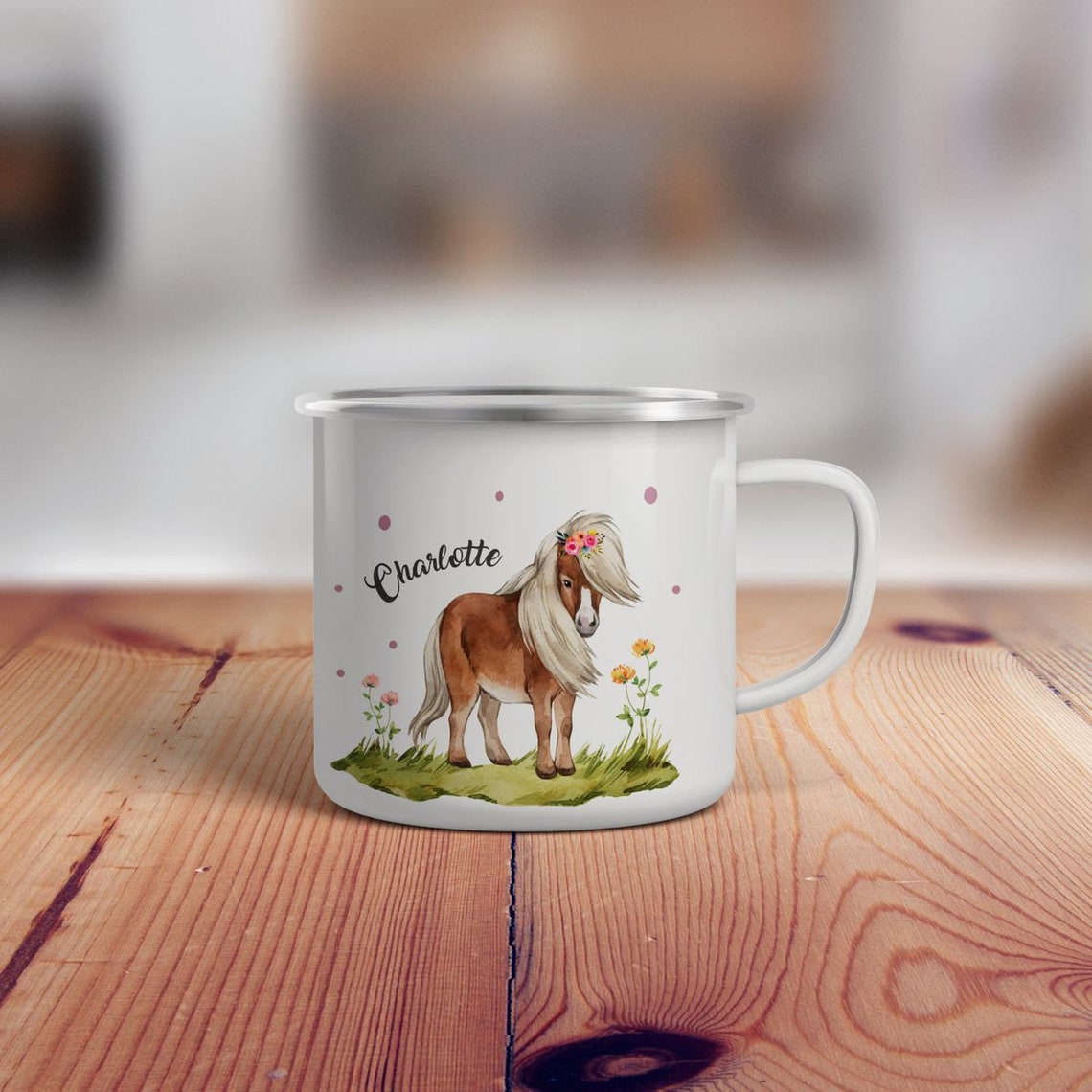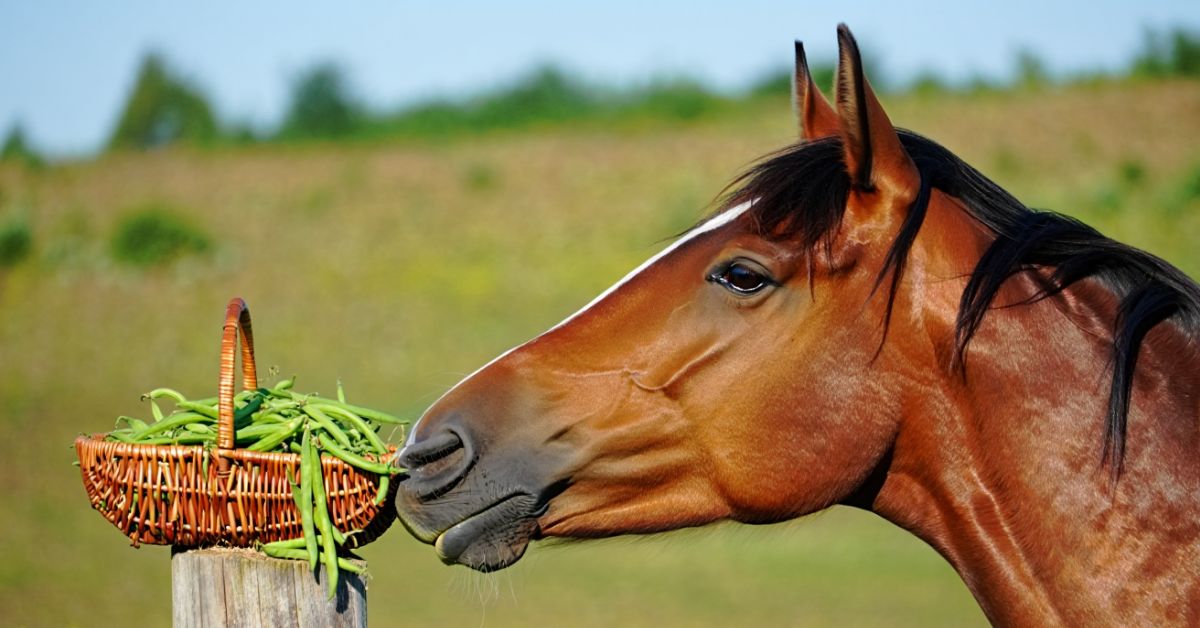
Can Horses Eat Green Beans? The Complete Safety Guide 2025
You're standing in your kitchen, a handful of fresh green beans in your hand, and your horse is looking at you with those expectant eyes. The question hits you: Can horses eat green beans? 🤔
Here's the straight answer: Yes, horses can safely eat green beans in moderation. These crunchy vegetables can be a healthy, low-calorie treat that adds variety to your equine's diet.
But before you start tossing beans into your horse's feed bucket, there are crucial guidelines you need to follow. In this comprehensive guide, you'll discover everything about feeding green beans to horses – from nutritional benefits to proper preparation methods and potential risks to avoid.
Let's dive into what makes green beans a smart choice for your four-legged companion. ✨
Why Green Beans Are Safe for Horses: The Nutritional Breakdown
Understanding the Horse Digestive System and Vegetables
Your horse's digestive system is remarkably efficient at processing plant-based foods. Unlike some legumes that can cause issues, green beans (also called snap beans or pole beans) are actually one of the horse safe vegetables you can confidently offer.
The key lies in their composition. Green beans are low in sugar, high in fiber, and packed with essential nutrients that complement your horse's proper horse diet.
Nutritional Value of Green Beans for Horses 🥬
Here's what makes green beans beneficial for equine nutrition:
Vitamins in green beans for horses include:
-
Vitamin A: Supports vision and immune function
-
Vitamin C: Acts as a natural antioxidant
-
Vitamin K: Essential for blood clotting and bone health
Key minerals present:
-
Folate for cell function
-
Manganese for bone development
-
Iron for healthy blood
The fiber in green beans supports digestive health, though it should never replace your horse's primary forage source. Think of green beans as a nutritious supplement, not a meal replacement.
For the record, I've seen countless horses enjoy these crunchy treats without any adverse effects – as long as owners follow the golden rule: moderation. 💡
How to Safely Feed Green Beans to Your Horse
Preparation Methods: Raw, Cooked, or Frozen?
When it comes to feeding green beans to horses, preparation matters tremendously.
Raw green beans for horses are the best option. They retain maximum nutritional value and provide that satisfying crunch horses love. Always wash them thoroughly to remove pesticides or dirt.
Cooked green beans for horses are also safe, but avoid adding salt, butter, or seasonings. Plain steamed beans are acceptable, though they lose some vitamin content during cooking.
Frozen green beans for horses? Absolutely! Just thaw them first and ensure they're at room temperature. Never feed frozen vegetables directly – they can be uncomfortable and potentially cause choking.
Proper Serving Sizes and Frequency
Here's your practical feeding chart for vegetables:
-
First-time introduction: 3-4 beans only
-
Regular treat: 1 small handful (about 10-15 beans)
-
Maximum frequency: 2-3 times per week
Remember, treats and vegetables should make up no more than 10% of your horse's total diet. The bulk should come from quality hay, pasture, and appropriate concentrate feed.
Chopping for Safety: Preventing Choking Risks ⚠️
The risk of choking on green beans is real, especially with eager eaters. Here's how to minimize it:
-
Cut beans into 1-2 inch pieces for horses prone to gulping
-
Mix chopped beans with their regular feed to slow consumption
-
Never feed whole green beans to horses with dental issues
-
Always supervise during the first few feedings
I cannot stress this enough – chopped green beans for horses are significantly safer than whole ones, particularly for senior horses or those with a history of choking.
Understanding Potential Risks and Side Effects
Are All Beans Safe? The Legume Confusion
Here's where it gets important: not all beans horses can eat are created equal.
Green beans are safe. They're harvested young, before the seeds mature, which makes them different from dried beans or mature legumes.
However, never feed your horse:
-
Raw kidney beans (highly toxic)
-
Dried beans of any kind
-
Bean pods from other legume plants
-
Mature bean seeds
The confusion often comes from the term "beans." Green beans in horse diet are completely different from the dangerous dried varieties that can cause severe gastrointestinal issues.
Possible Green Beans Side Effects in Horses
While rare, some horses may experience:
-
Mild digestive upset if overfed
-
Gas or loose droppings
-
Allergic reactions (extremely uncommon)
Watch for signs of colic such as:
-
Pawing at the ground
-
Rolling excessively
-
Loss of appetite
-
Changes in manure consistency
If you notice any concerning symptoms after introducing new foods to horses, contact your veterinarian immediately. The key to avoiding these issues? Start small and increase gradually. 🐴
Building a Balanced Vegetable Diet for Your Horse
The Complete Horse Safe Vegetables List
Wondering what other vegetables horses should avoid or embrace? Here's your quick reference:
✅ Safe vegetables horses love:
-
Carrots (the classic favorite)
-
Celery
-
Green beans
-
Lettuce (in moderation)
-
Cucumber
-
Squash
-
Sweet potatoes (cooked)
❌ Vegetables horses should avoid:
-
Onions and garlic (toxic)
-
Tomatoes (nightshade family)
-
Potatoes (raw – toxic)
-
Cauliflower and broccoli (can cause gas)
-
Peppers (too spicy)
Beyond Green Beans: Alternative Horse Treats
Looking for variety? Consider these alternative horse treats:
-
Apple slices (remove seeds)
-
Watermelon (rind removed)
-
Berries (blueberries, strawberries)
-
Pumpkin chunks
-
Commercial horse treats formulated for equine dietary guidelines
The best horse treats combine nutritional value with palatability. Always research before feeding horses human food – what's healthy for us isn't always suitable for them.
Expert Feeding Advice: Do Horses Actually Like Green Beans?
Palatability and Preference
Do horses like green beans? The answer varies by individual.
In my experience working with horses, I'd say about 70% enthusiastically crunch them down, 20% are indifferent, and 10% turn up their noses entirely. Horses, like people, have distinct preferences!
Some horses prefer the crispness of raw beans, while others only accept cooked versions. The texture matters more than you might think.
Integrating Vegetables into Concentrate vs. Forage
Your horse's diet should follow this hierarchy:
-
Forage (hay, pasture): 70-80% of diet
-
Concentrate (grain, pellets): 10-20% if needed
-
Treats and supplements: Maximum 10%
Green beans fall into that final category. They're a wonderful addition to feeding scraps to horses responsibly, but never a replacement for essential nutrition.
Think of them as the cherry on top of an already balanced proper horse diet. 🍒
FAQ: Green Beans and Horse Nutrition
Can horses eat bean stalks or just the beans?
Stick to the green bean pods themselves. Can horses eat bean stalks? While not typically toxic, the stalks are tough, fibrous, and offer little nutritional value. They could also present a choking hazard. Focus on feeding only the actual bean pods.
What's the difference between feeding green beans and other legumes?
The crucial difference is maturity. Green beans are harvested immature, before the seeds develop fully. Mature legumes and dried beans contain compounds that can be harmful. Are snap beans safe for horses? Yes – they're the same as green beans and equally safe when properly prepared.
How do I introduce green beans to a horse who's never had them?
Start with just 2-3 beans as a test. Watch for any adverse reactions over 24-48 hours. If all goes well, gradually increase to a small handful over several weeks. This slow introducing new foods to horses approach protects their sensitive digestive systems.
Can green beans cause colic in horses?
When fed in moderation, green beans are unlikely to cause horse diet and colic issues. However, overfeeding any treat can lead to digestive upset. Stick to recommended portions and always provide plenty of fresh water to support digestion.
Are frozen or canned green beans better for horses?
Frozen green beans for horses (thawed) are excellent – they retain most nutrients. Avoid canned beans entirely due to high sodium content and preservatives. Fresh or frozen and thawed are your best options for maintaining the health benefits of green beans for equines.
Conclusion: Smart, Safe Treat Choices for Your Equine Partner
Can horses have green beans? Absolutely – and now you know exactly how to offer them safely.
These nutritious vegetables provide vitamins, minerals, and variety to your horse's diet when fed properly. Remember the key principles: moderation, proper preparation (chopped and clean), and careful observation when introducing any new food.
Your horse's health depends on maintaining a foundation of quality forage and appropriate concentrate, with treats like green beans adding enrichment rather than replacing essentials.
By following these equine dietary guidelines and dietary advice for horses, you're showing your equine companion the responsible care they deserve. 💚
Your Turn! 👇
And you, what vegetables does your horse absolutely love? Share your experiences in the comments below – we'd love to hear about your horse's favorite healthy treats!
Want to explore more safe feeding options? Discover our comprehensive guide on [Horse-Safe Fruits and Vegetables: The Ultimate List] to expand your treat repertoire.
Never miss expert equine care tips! Subscribe to our Dream Horse newsletter and get exclusive feeding guides, product recommendations, and seasonal care advice delivered straight to your inbox. 🐎✨
